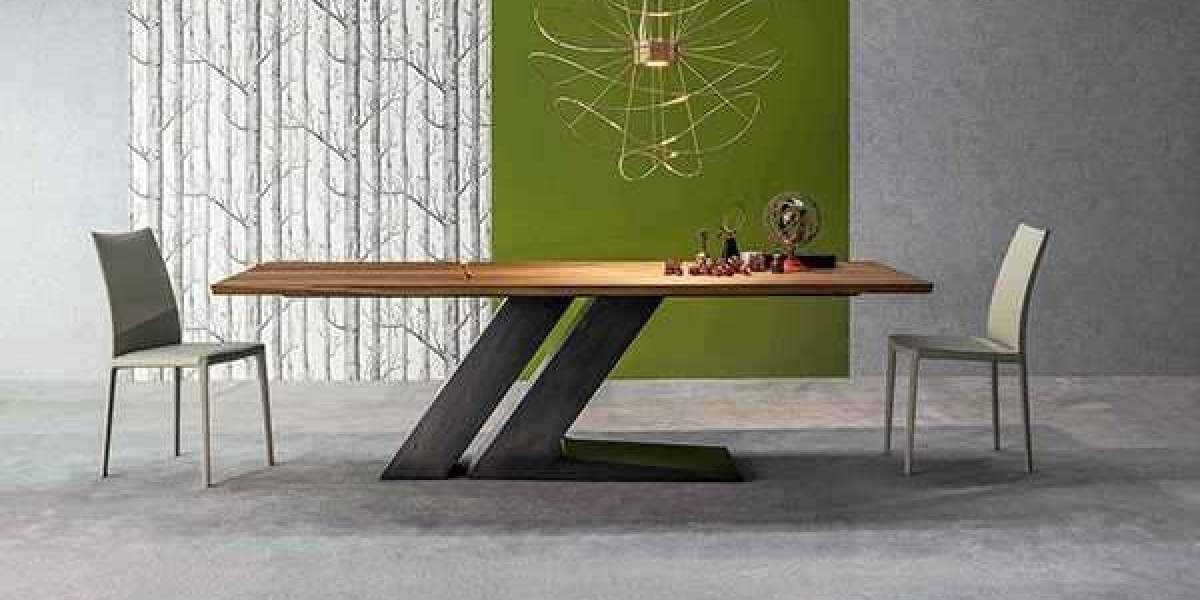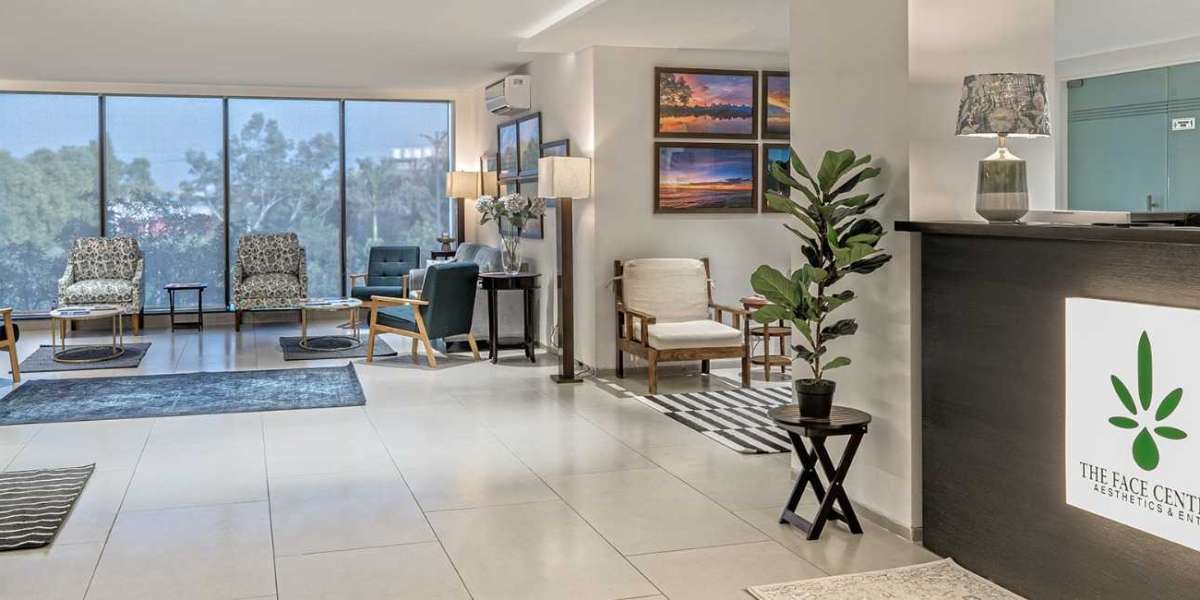Furniture design store in Lahore is a beautiful blend of traditional artistry and contemporary innovation. Known for its meticulous craftsmanship and rich cultural influences, Pakistani furniture has evolved over centuries, combining classical elements with modern aesthetics. Whether it's the intricacy of Mughal-inspired carvings or the sleek lines of minimalist pieces, Pakistani furniture embodies a unique appeal that adds sophistication to any home. This guide will dive into the elements of Pakistani furniture design, popular styles, materials, and where to find high-quality furniture across the country.
1. The Cultural Significance of Furniture in Pakistan
Furniture in Pakistan has cultural significance that goes beyond functionality. It represents heritage, craftsmanship, and often holds sentimental value, being passed down through generations. From traditional wooden jharokhas (windows) and intricately carved cupboards to grandiose four-poster beds, each piece tells a story of Pakistan's artistic legacy.
In many Pakistani households, furniture plays a role in cultural traditions, such as formal gatherings, weddings, and family events. A well-crafted dining table, for instance, is often a central piece for hosting guests, while a grand bed or chest might be a prized possession for a bridal dowry. This emphasis on family heritage and artisanal value has nurtured a culture of high-quality, durable furniture that blends functionality with beauty.
2. Key Features of Pakistani Furniture Design
Pakistani furniture is defined by several unique characteristics that reflect the country's rich heritage. These elements have been adapted to appeal to a range of modern tastes while preserving traditional design principles.
- Intricate Carvings and Detailed Patterns: Hand-carved designs, floral patterns, and Arabic calligraphy are prominent features in Pakistani furniture. These designs are meticulously created by skilled artisans, especially in areas like Peshawar and Chiniot, known for their expertise in woodwork.
- Locally Sourced Woods and Natural Materials: Pakistan is rich in high-quality, durable woods, such as Sheesham (Indian rosewood), walnut, and teak. These woods are valued for their longevity and natural beauty, often featuring unique grain patterns that add warmth and character to furniture pieces.
- Fusion of Tradition and Modernity: Pakistani furniture combines the elegance of Mughal and Colonial styles with contemporary minimalist trends. This fusion allows it to cater to both traditional and modern decor preferences, creating versatile pieces suitable for various home interiors.
- Quality Craftsmanship and Handwork: Much of Pakistani furniture is still handcrafted by skilled artisans, a factor that contributes to its durability and distinctive look. Each piece is often one-of-a-kind, offering a level of uniqueness that factory-made furniture cannot replicate.
3. Popular Furniture Styles in Pakistan
The variety of furniture styles in Pakistan means that there’s something for every taste, from richly decorated pieces to clean-lined, minimalist designs. Here are some of the most popular styles found across the country:
- Mughal and Indo-Islamic Style: Inspired by the grandeur of the Mughal era, this style features intricate patterns, arches, and ornamental detailing, making it ideal for those looking to bring a regal touch into their homes. It’s commonly seen in large beds, carved cupboards, and seating arrangements.
- Rustic and Raw Wood Aesthetic: Rustic style furniture, with its natural textures and earthy tones, is gaining popularity for its cozy and inviting feel. Pieces in this style are often unpolished or lightly varnished, emphasizing the natural grain and imperfections of the wood.
- Colonial Style: Stemming from British colonial influence, this style is characterized by dark woods, solid structures, and functional elegance. Its timeless appeal suits both modern and traditional spaces, with items like leather-clad armchairs, ottomans, and chests.
- Modern Minimalist: With clean lines, simplicity, and functionality at its core, modern minimalist furniture is perfect for urban homes. Pakistani designers have embraced this trend, creating pieces that suit smaller spaces while maintaining an aesthetic appeal.
- Bohemian Fusion: Bohemian or “Boho” style furniture is vibrant and eclectic, combining various textures, patterns, and colors. It's perfect for those who love a more artistic, laid-back vibe, and it often incorporates elements like rattan, vibrant cushions, and hand-woven fabrics.
4. Types of Furniture and Materials Commonly Used
In Pakistan, furniture can be broadly categorized based on its purpose and the space it occupies, such as the living room, bedroom, dining room, and office. Here’s an overview of popular furniture categories and the materials commonly used.
Living Room Furniture
Living room furniture often includes sofas, chairs, coffee tables, and cabinets. In Pakistani households, the living room is a formal space for receiving guests, so furniture here tends to be decorative yet functional. Sofas are often upholstered in rich fabrics with detailed wood frames, while coffee tables may feature marble tops or intricate inlay work.
Bedroom Furniture
Bedroom furniture in Pakistan is crafted with comfort and style in mind. Beds are often the focal point, with designs ranging from traditional carved wooden frames to sleek, modern headboards. Complementary pieces like dressers, side tables, and wardrobes are also popular, and these often showcase the same level of craftsmanship.
Dining Room Furniture
Dining room furniture includes dining tables, chairs, and display cabinets. Sheesham and teak wood are commonly used, as they’re durable and can withstand the daily wear of family meals. Dining tables often feature polished or matte finishes, with matching chairs that may have padded seats for added comfort.
Office Furniture
As more people work from home, office furniture has become essential in Pakistani homes. Modern office furniture includes ergonomic chairs, sleek desks, and storage units that offer both comfort and functionality. Many stores now offer customizable office furniture to fit the modern professional's needs.
Commonly Used Materials:
- Sheesham Wood (Indian Rosewood): Valued for its durability and distinct grain, Sheesham is often used for heavy furniture.
- Teak Wood: Known for its resistance to pests and moisture, teak is popular for both indoor and outdoor furniture.
- Walnut Wood: With a rich, dark color, walnut is often used in high-end furniture to create a luxurious look.
- Brass and Metal Detailing: Many traditional pieces feature brass or metal inlays, adding elegance and intricacy to the design.
5. Finding High-Quality Furniture in Pakistan
Pakistan is home to many reputable furniture hubs, including Lahore, Karachi, Islamabad, and Peshawar. Here are some top furniture markets and online options to explore:
- Lahore: Known for its rich cultural heritage, Lahore has several high-end and traditional furniture markets, including Hall Road and stores in Gulberg. Many shops here specialize in Mughal-inspired designs and hand-carved pieces.
- Karachi: As Pakistan’s largest city, Karachi offers a variety of modern and traditional furniture options, with furniture stores in areas like DHA and Zamzama.
- Peshawar: Peshawar is known for its woodwork artisans, and here you’ll find some of the country’s best traditional furniture.
- Online Stores: Several Pakistani furniture brands now operate online, offering a wide selection of styles and customization options.
Conclusion: Pakistani Furniture Design – A Legacy of Art and Functionality
Furniture design in Pakistan is a celebration of craftsmanship, culture, and adaptability. From intricately carved traditional pieces to sleek modern styles, the furniture in Pakistan caters to a diverse range of tastes and preferences. Whether you’re looking for a statement piece for your living room or functional furniture for your office, Pakistani furniture stores and artisans offer quality and design that can transform any space. Explore local showrooms or online options to find pieces that reflect your style and enhance your home.














